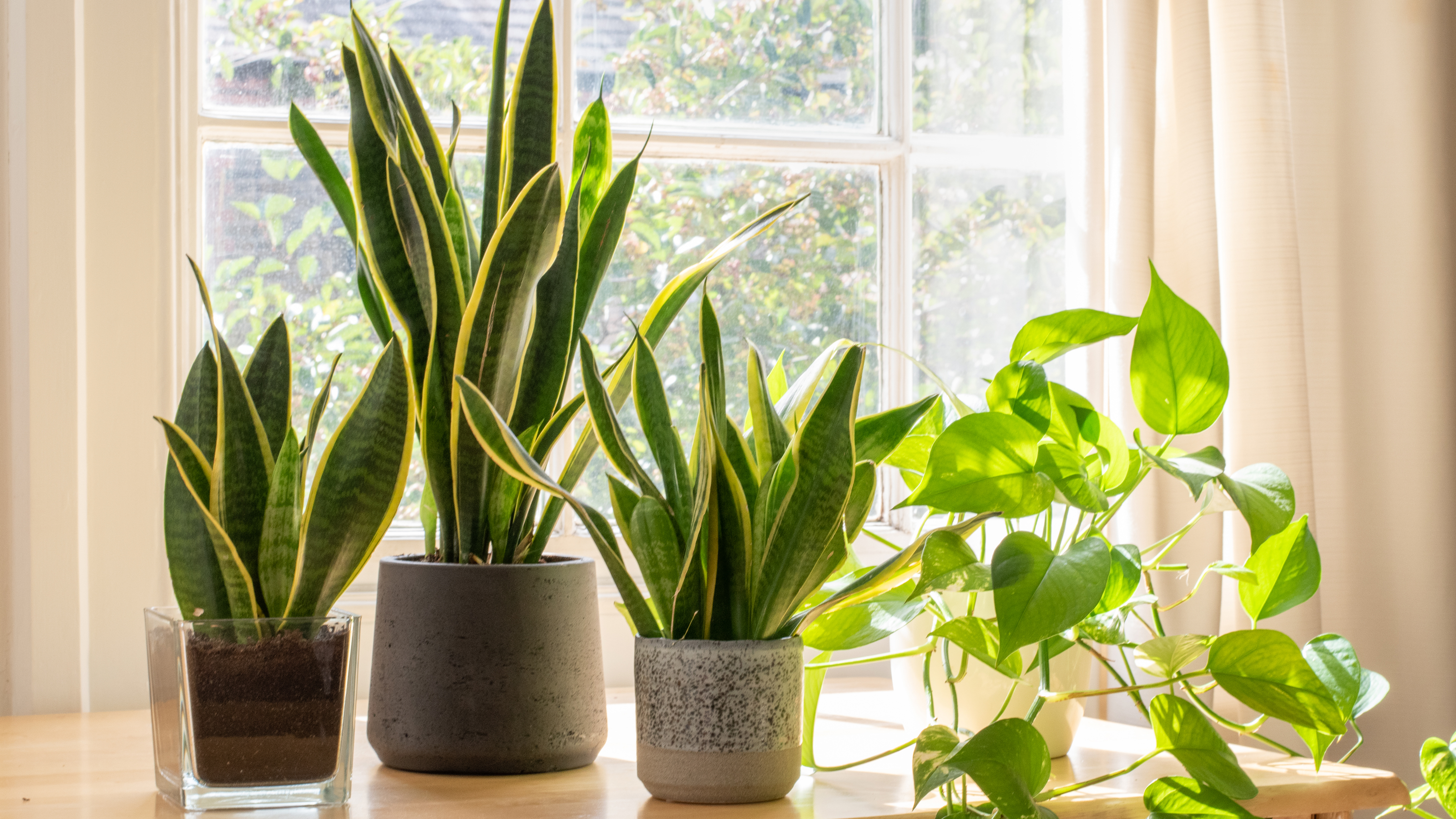
If you're looking for an 'unkillable' houseplant, it can feel like looking for a unicorn. If no matter what you do houseplants don't survive very long in your home, finding the one that will live past the first couple of months after you've bought it can feel like a losing game.
The truth is that most of us aren't all that bad at looking after houseplants, but many of the best indoor plants are quite fussy where it comes to light, humidity, and watering requirements.
A great many houseplants we're all used to come from hot, tropical climates. Unless you can recreate the tropics in your house, you may start seeing curling leaves, fungal infections, and, ultimately, dead plants you'll have to throw away.
Can this sad fate be avoided by going for naturally tougher plants? Do they really exist? We've asked gardening and indoor plant experts; what they said will give those of us unlucky with our houseplants some hope.
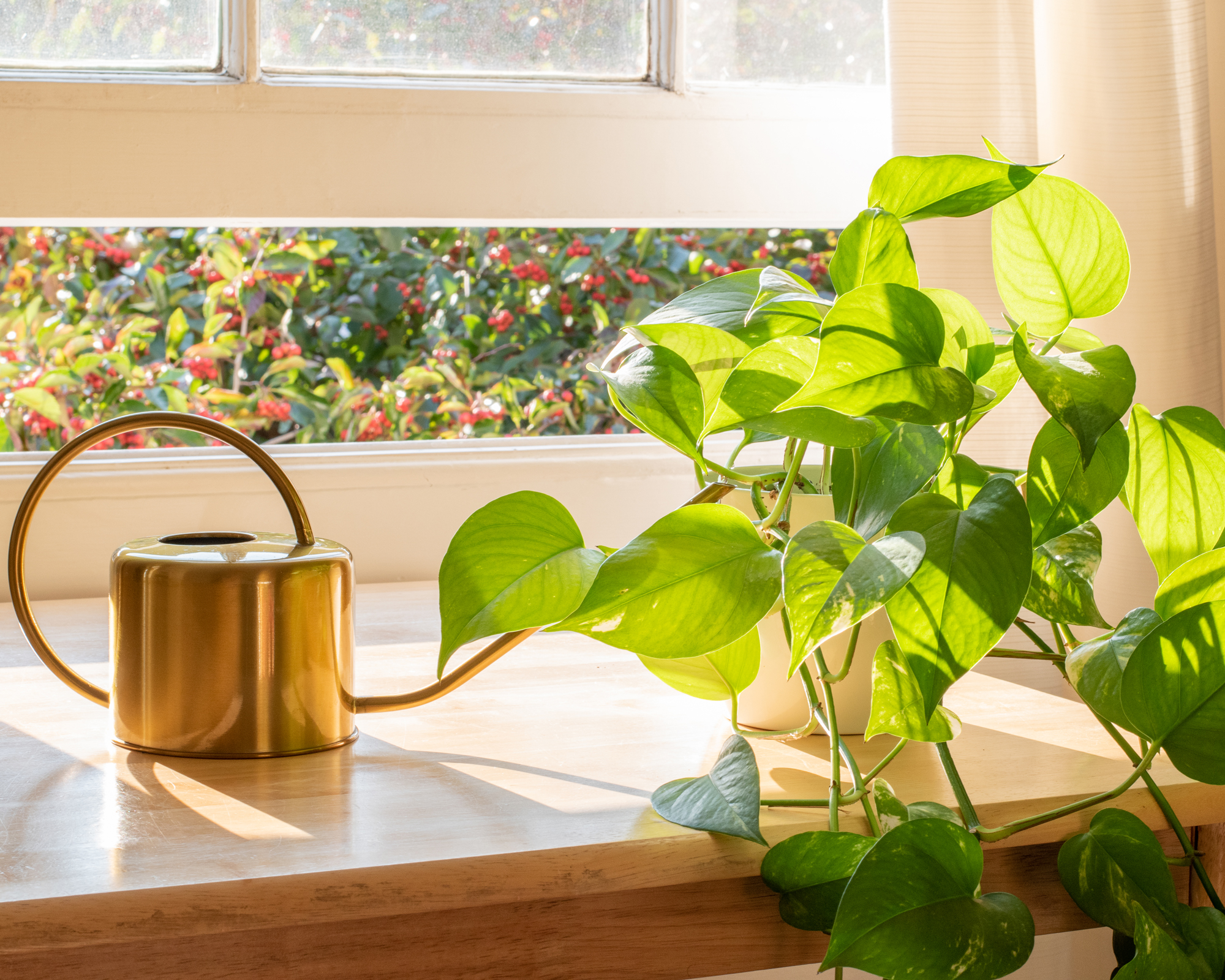
A golden pothos
Are there any houseplants you can't kill?
Not really. They are mortal after all. Any plant that receives no light and/or water ever will eventually die. Having said that, there are a few houseplants that are able to tough it out for quite a while if you neglect them.
3 houseplants that are hard to kill
1. Snake plant
2. Scindapsus
3. Pothos
Ayelet Faerman is the founder of Verdant Lyfe, a houseplant company that ships all over the US. Faerman recommends 'Snake plants, Scindapsus, and Pothos' as 'most likely unkillable' thanks to their resilience.
Of course, 'every plant does need some level of care but these ones are not picky about temperature, light, or a consistent watering schedule. All plants are different and can't adjust well to environmental changes, but these ones generally have the best success.'
Join our newsletter
Get small space home decor ideas, celeb inspiration, DIY tips and more, straight to your inbox!
Faerman even says that 'we have seen some plants survive two to three weeks in transit without any sun or water, and continue to thrive.'
And although Faerman obviously doesn't recommend subjecting your houseplants to such an ordeal, it does show that getting a snake plant or a pothos is a good idea if you tend to kill your plants.
Snake plants and pothoscan be bought on Amazon.
How do I choose the right houseplants for my home?
There is a bit more to it, though, than just going for the plants with the toughest reputation. Charlotte Bailey, a horticulturist, and owner of ohsogarden.com, points out that 'it's important to note that whilst there are certainly some ''hardy'' houseplants out there, it doesn't mean they'll thrive in every home.'
For example, 'ferns and ivies are considered hard to kill plants yet they do require a fairly high humidity level, and so won't do well in dry homes.'
Conversely, 'succulents are often considered to be virtually indestructible, due to their ability to store water in their leaves and tolerate long periods of drought.'
And yet, if your home is damp and you keep them in a room that doesn't get much light, you may see even your succulents or cacti pack up and die. They are particularly susceptible to water stress.
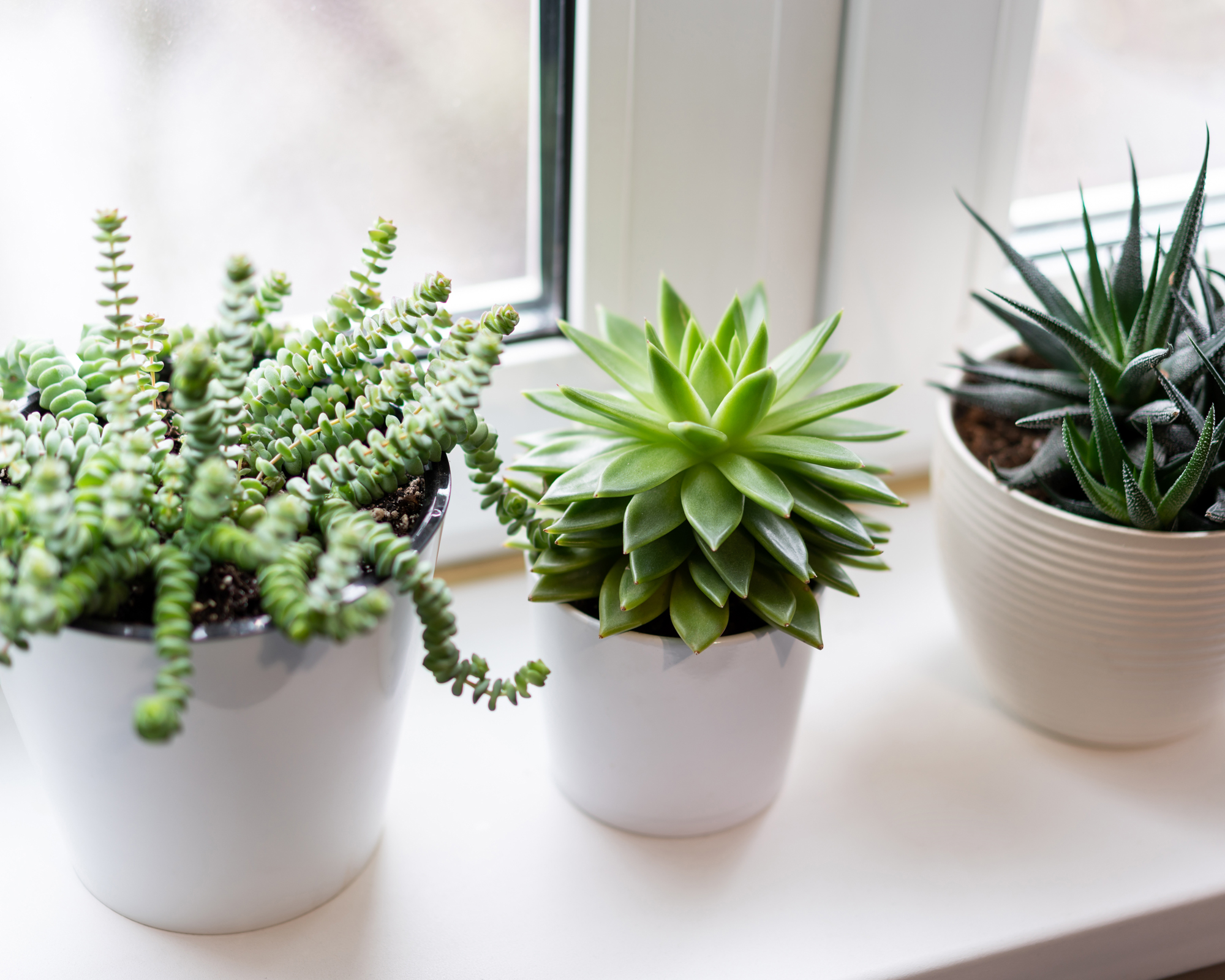
The conclusion? Rather than chasing the unicorn of an indestructible plant or picking the most popular houseplants because they look good on Instagram, try to choose plants that will thrive in your home.
Bailey recommends 'check your indoor humidity levels with a hygrometer and asking yourself: 'does your home get at least three to six hours of bright, indirect sunlight (the standard for most plants)? If not, can you add in grow lights?'
If you're not sure what the plant you like needs, 'double-check the plant's tags before purchase – these will give you a key insight into the type of environment you'll need to provide for optimal growth.'
And that's it. No magic, just matching a plant's requirements to your home's microclimate.
Anna is a professional writer with many years of experience. She has a passion for contemporary home decor and gardening. She covers a range of topics, from practical advice to interior and garden design.
-
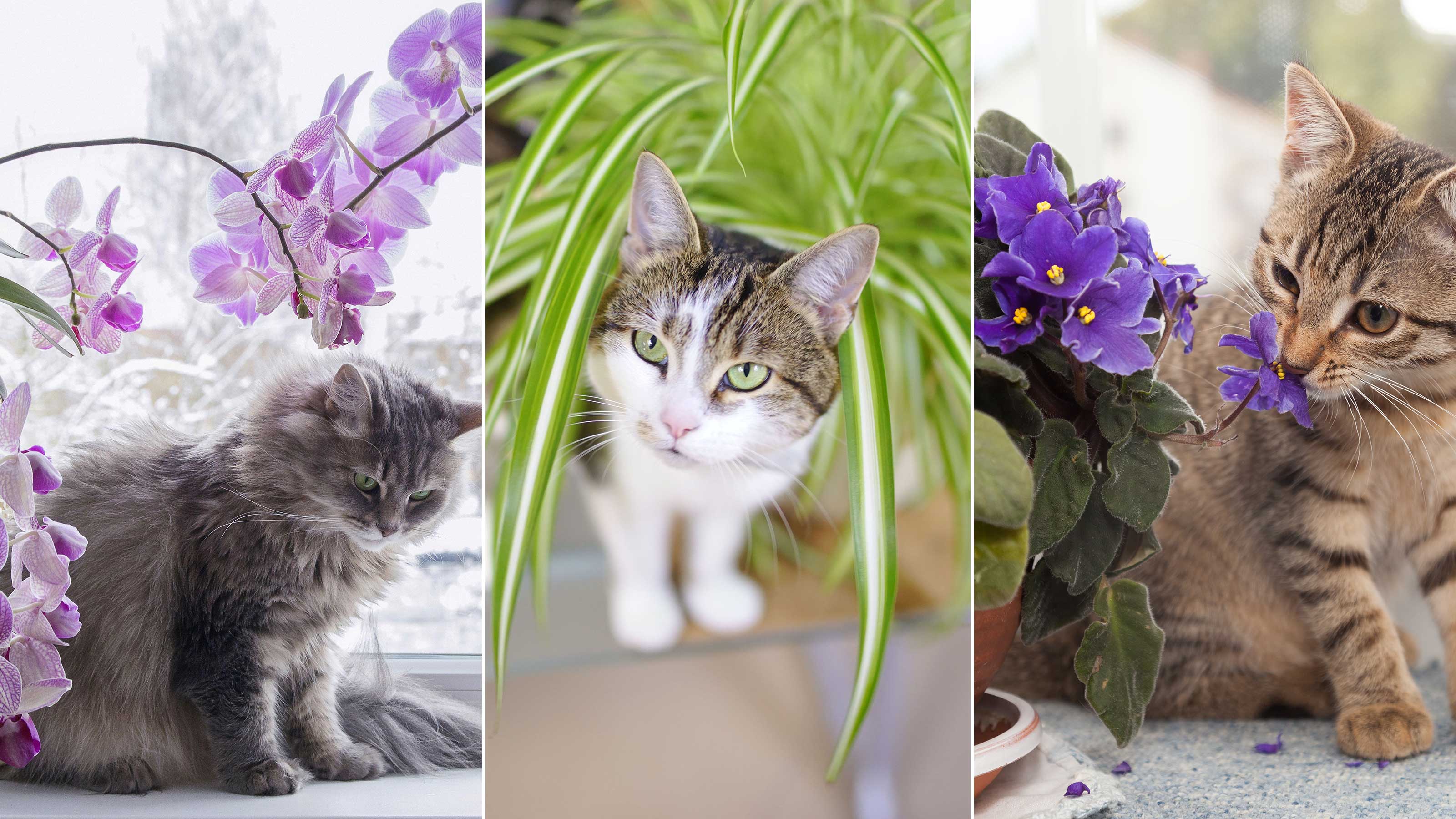 10 houseplants that are not toxic to cats — plus expert advice on keeping your pets safe
10 houseplants that are not toxic to cats — plus expert advice on keeping your pets safeKeep your four-legged companion safe by choosing these houseplants that are not toxic to cats, and learning the dangers of those that are, according to veterinary experts
By Holly Crossley Published
-
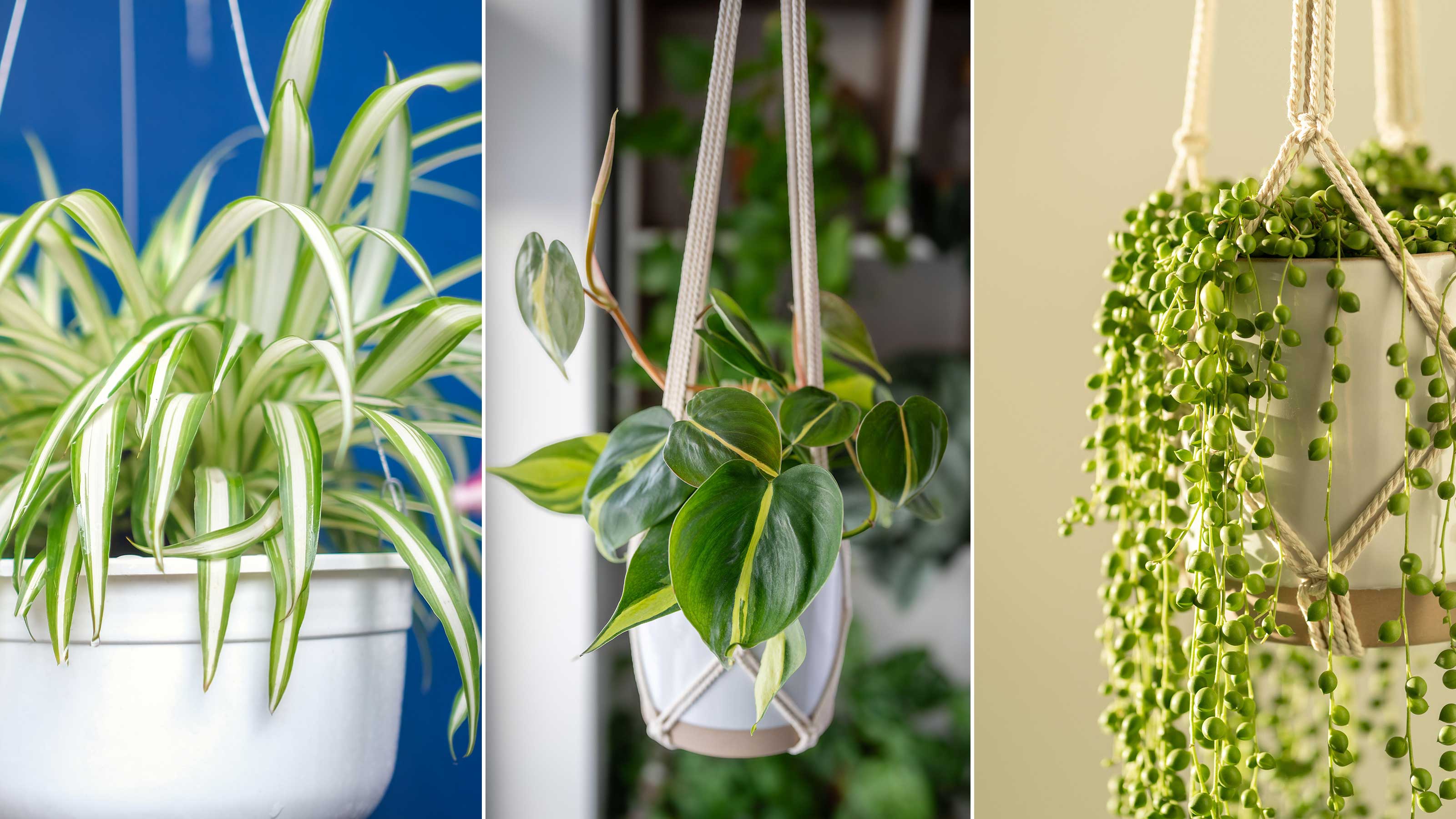 Best hanging basket houseplants — 10 leafy options for maximizing vertical space
Best hanging basket houseplants — 10 leafy options for maximizing vertical spaceDiscover the best hanging basket houseplants for elevating empty spaces in your home, as well as expert tips on how to keep them looking their best
By Holly Crossley Published
-
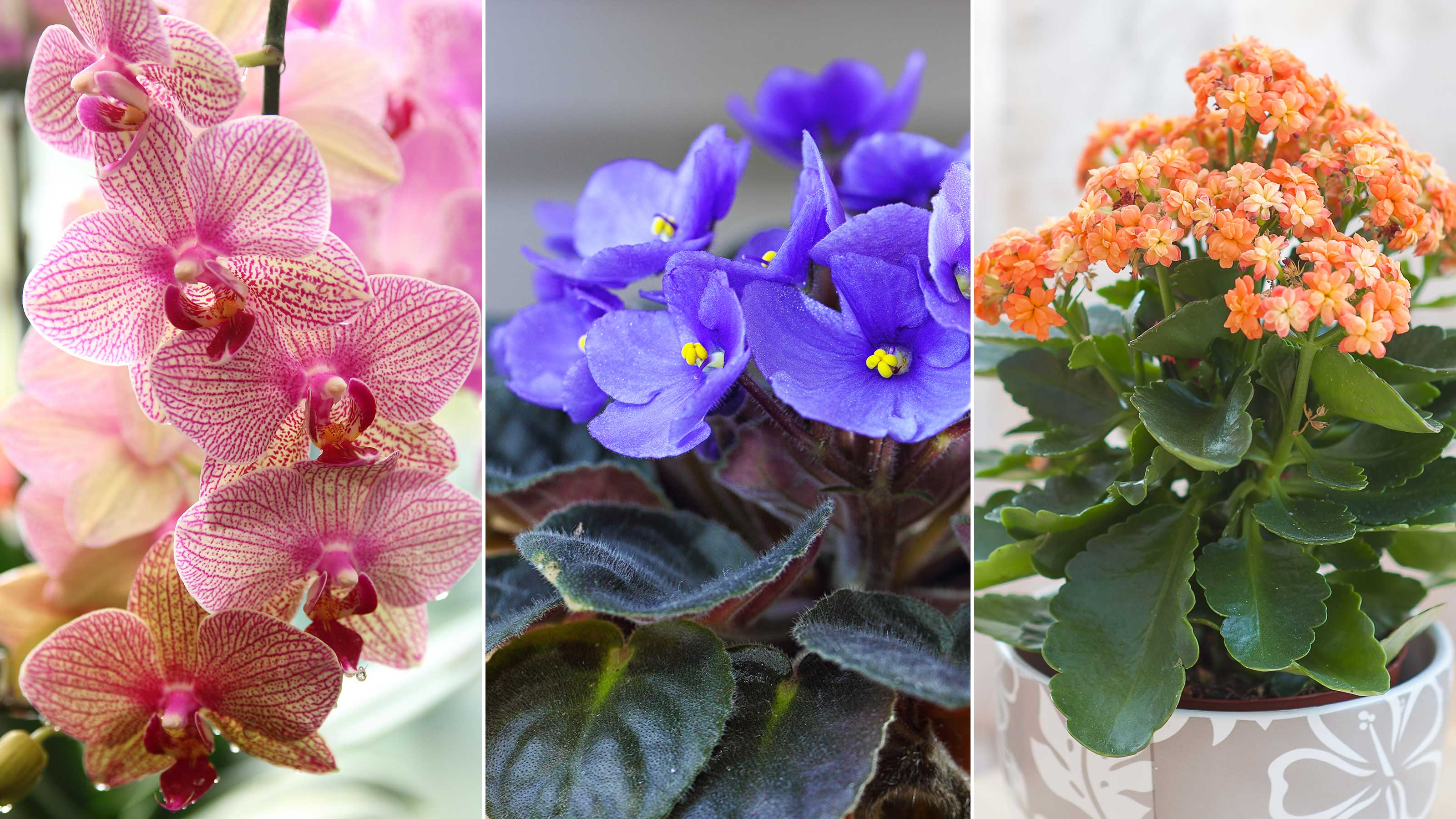 The 10 best indoor flowering houseplants to bring natural beauty to your space — including ones that blooms for months
The 10 best indoor flowering houseplants to bring natural beauty to your space — including ones that blooms for monthsThese are the best indoor flowering houseplants to beautify an interior scheme, plus expert advice on plant maintenance and styling
By Holly Crossley Published
-
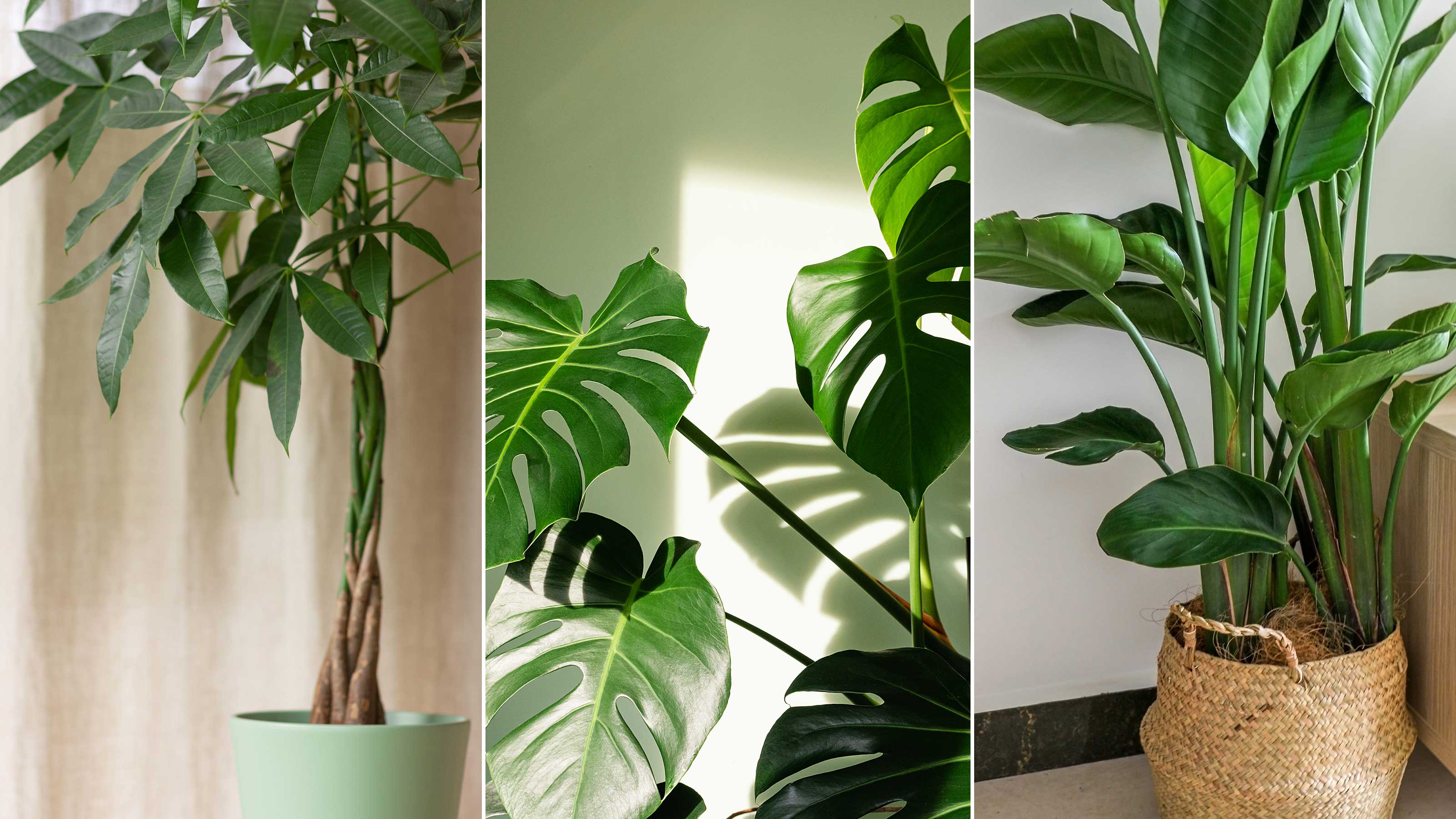 Best tall houseplants — 10 lofty options for indoor spaces
Best tall houseplants — 10 lofty options for indoor spacesThe experts reveal the best tall houseplants for a beautifully botanical interior scheme, plus practical tips on how to care for them
By Holly Crossley Published
-
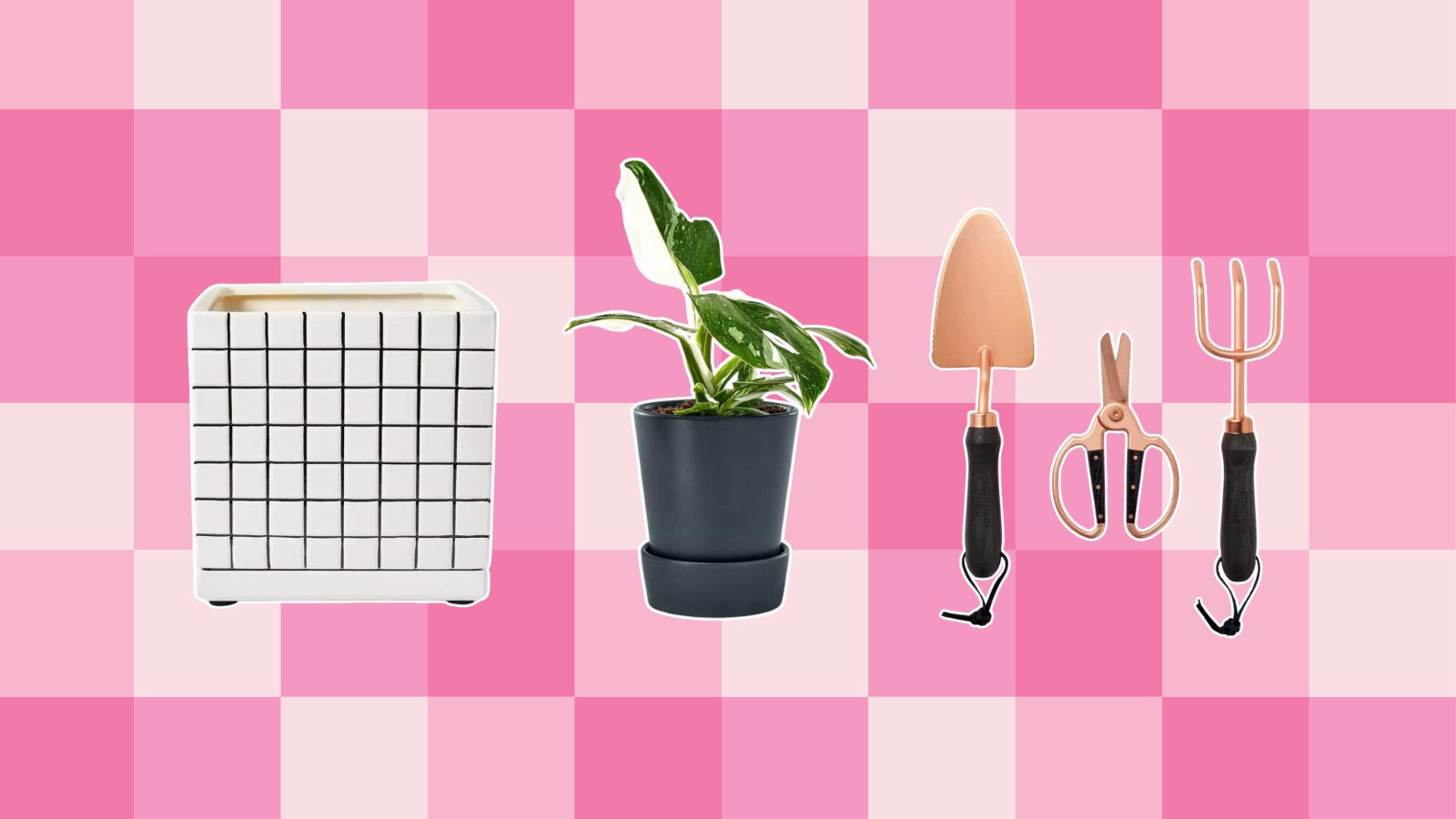 The new Hilton Carter Target line is every plant parent's dream — shop our favorite picks from $20
The new Hilton Carter Target line is every plant parent's dream — shop our favorite picks from $20The new Hilton Carter Target line is here and complete with live plants, cute decor, and handy tools. Shop our favorite picks from $20
By Danielle Valente Published
-
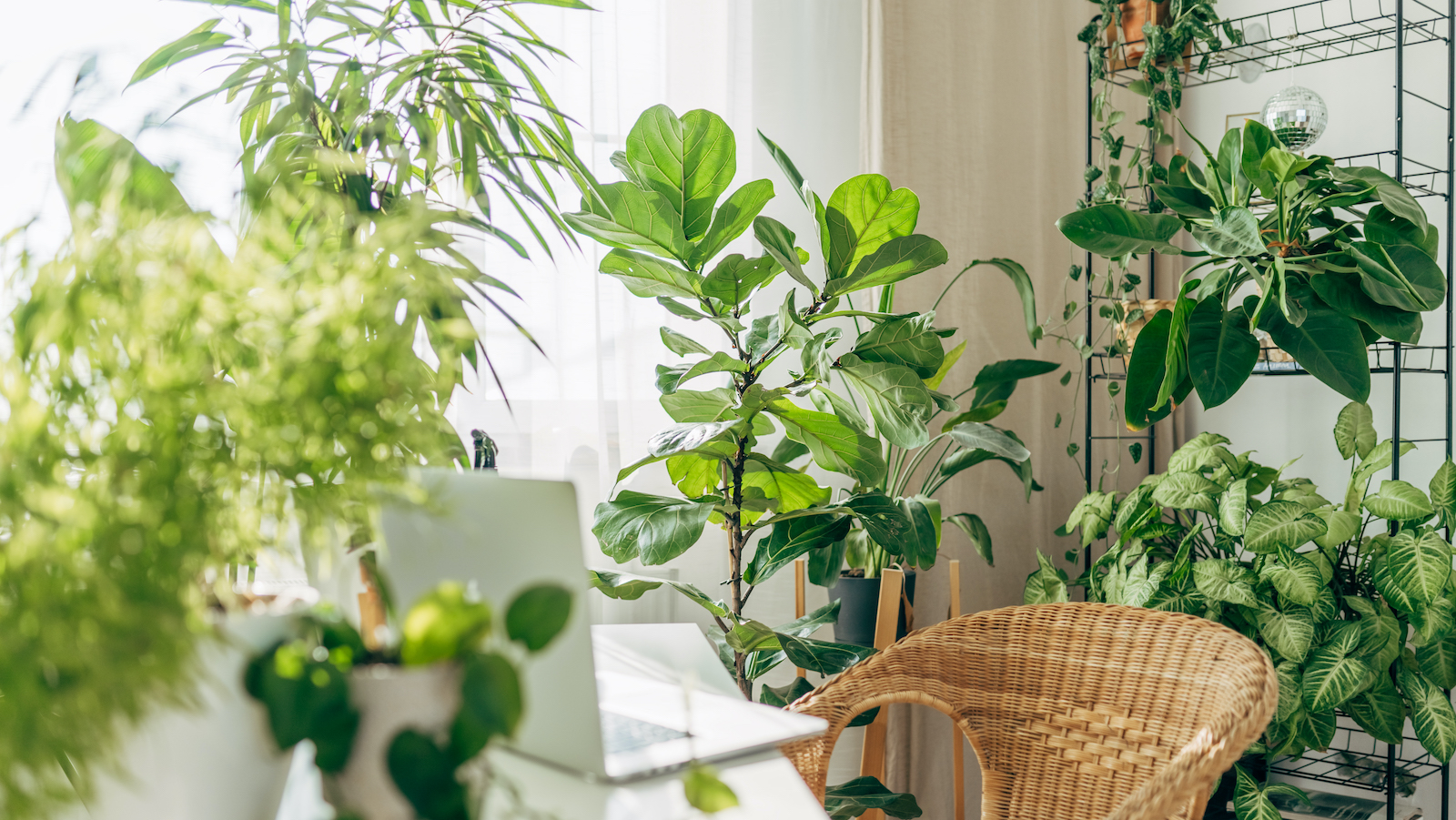 How to pollinate indoor plants — gardening experts spill their best tips
How to pollinate indoor plants — gardening experts spill their best tipsCurious how to pollinate indoor plants and when it is necessary? Let our gardening experts break it all down
By Danielle Valente Published
-
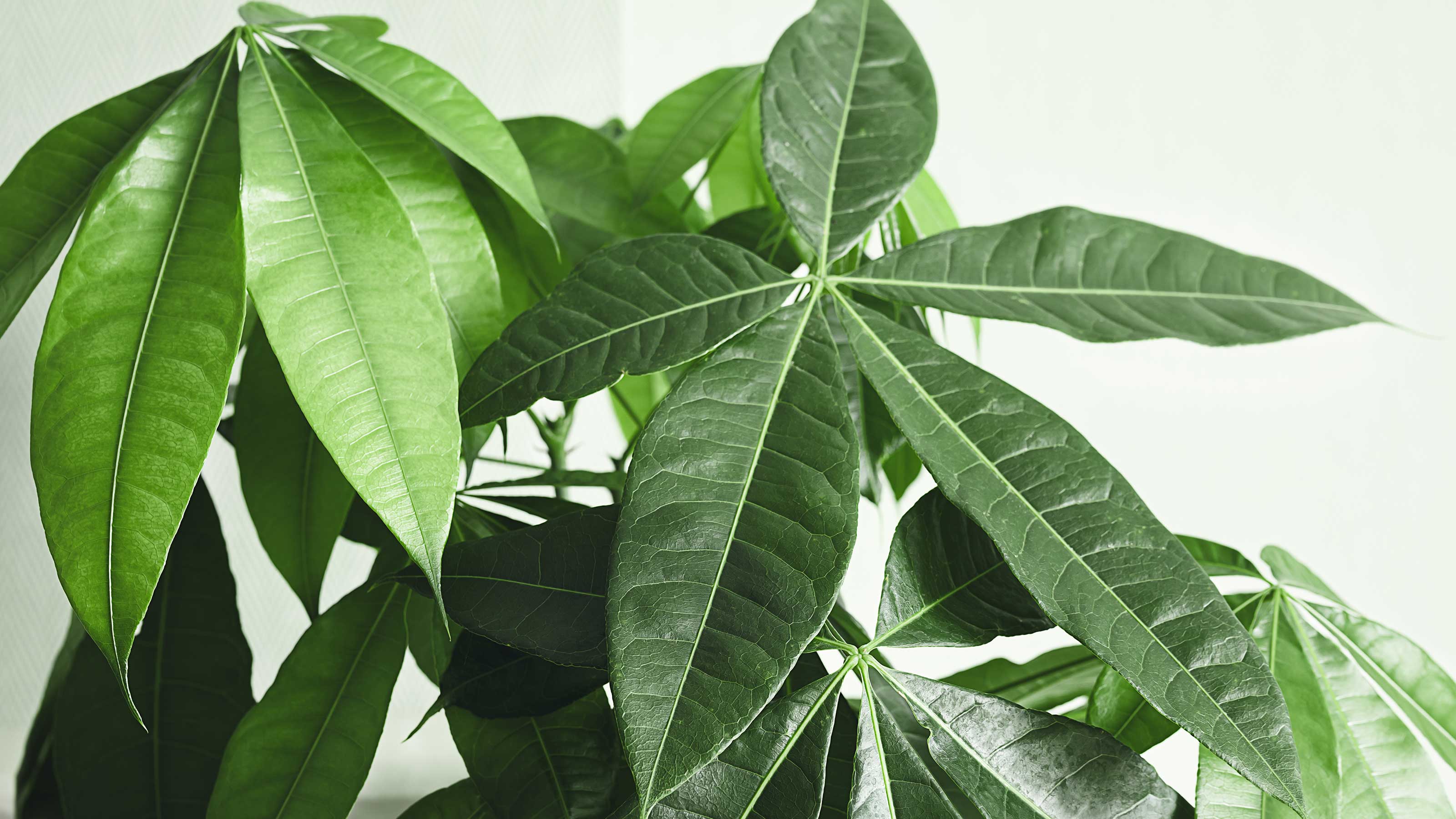 How to care for a money tree — 7 tips for thriving indoor plants
How to care for a money tree — 7 tips for thriving indoor plantsThe experts share top advice on how to care for a money tree, including practical tips for watering, soil type, and pest control
By Holly Crossley Published
-
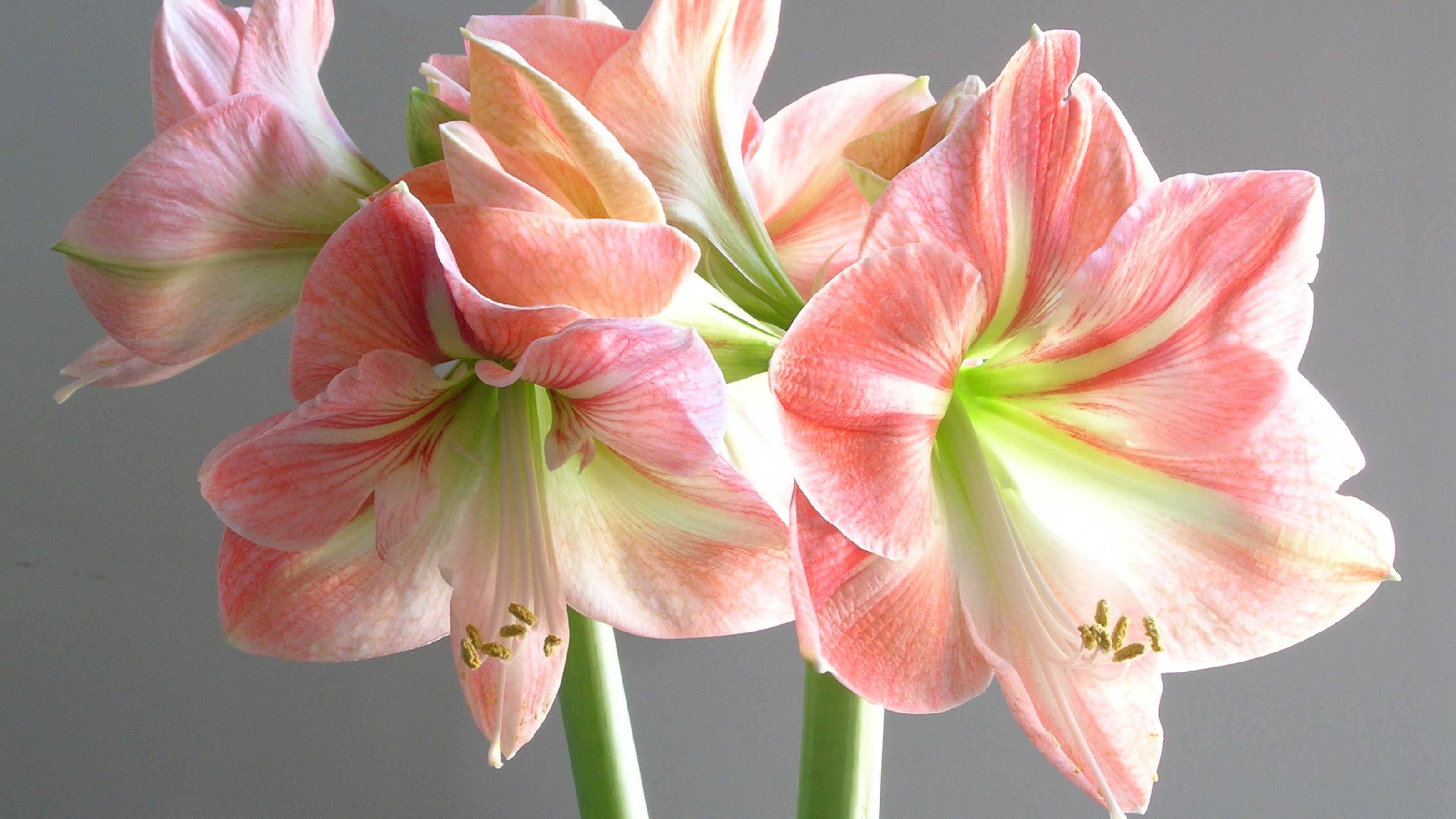 How to care for amaryllis — 9 tips for these fabulous flowering bulbs
How to care for amaryllis — 9 tips for these fabulous flowering bulbsLearn how to care for amaryllis with this practical guide, including expert-approved info on pruning, propagating, and whether you can move them outdoors
By Holly Crossley Published